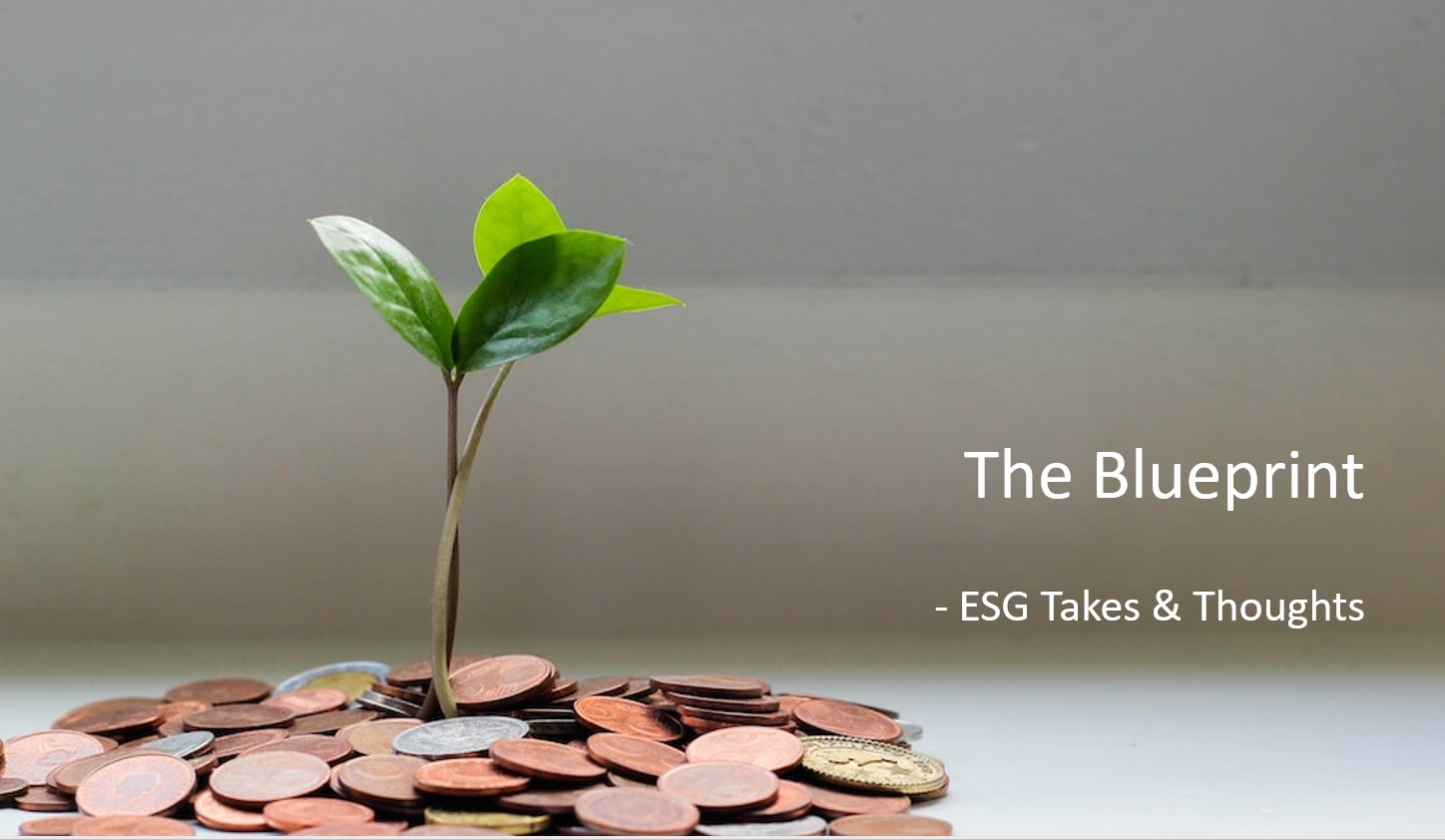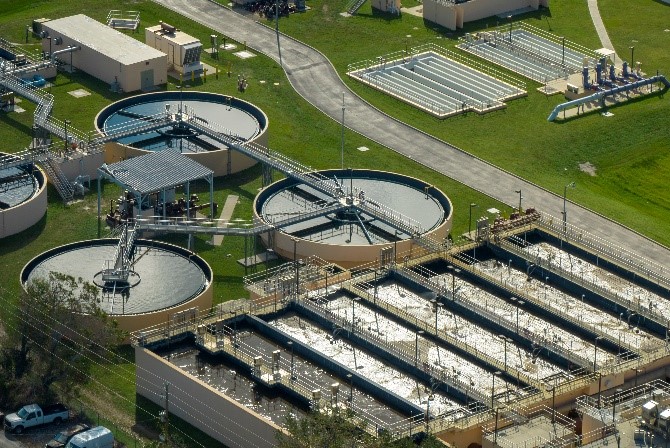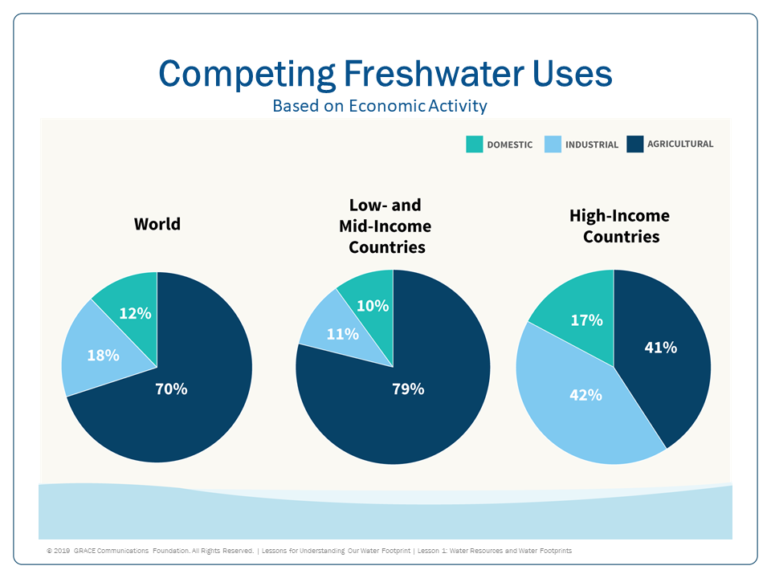
Solving water pollution and shortage
- Chlorine is a cost-effective option for industrial-scale treatment to boost water security
- Chemicals and industrial waste in untreated wastewater could contaminate water sources, impacting public health and ecosystems
Effective, versatile, and low-cost, chlorine works as a powerful disinfectant for killing illness-causing germs and algae lurking in our rivers, oceans and sewers. Ensuring cleaner waterways for everyone protects public health while reducing water pollution.

Photo: Freepik
However, when discharged into the environment, chlorine can react with organic matter to create by-products that might end up in our drinking water. At elevated levels, the potential health effects of these by-products may include cancer – though this is still being studied. One solution is to remove leftover chlorine before releasing it back into the environment. This helps to ensure that the water entering our rivers, oceans, and water resources is cleaner and safer (link). As water scarcity becomes a growing concern, how should we optimise water management to minimise withdrawals and pollution?

Photo: Water Calculator
Chlorine is a cheaper treatment alternative to UV or ozone disinfection. This makes it an attractive choice for cost-conscious industrial users, especially manufacturers facing growing water demand (EPA). The global water and wastewater treatment market was valued at US$301b in 2022 and is expected to reach US$536b by 2030 (Statista). Chlorine manufacturers and water treatment services firms stand to benefit. Increasing awareness of water scarcity risks could boost demand for chlorine as an input for water treatment. The versatile nature of chlorine has contributed to its widespread use across water-intensive industries like manufacturing. With industry accounting for between 11% (low- and mid-income) to 42% (high-income) of water consumption, there is strong potential for limiting water contamination from effluent discharge.
Aside from industry, chlorine is the disinfectant of choice for swimming pools, helping to prevent them from becoming hotbeds for disease. About 60-70% of US pools are estimated to use chlorine for disinfection. During the pandemic, demand for backyard pools in the US boomed, reaching 5.2 million – close to Singapore’s entire population (5.9 million people). That’s enough water to supply Singapore for about 225 days! After the pandemic peaked, a chemical plant fires crippled production in Louisiana, led to chlorine prices jumping 70% to $140 in 2021.
Over 80% of the world’s wastewater flows back into the environment without treatment or being reused, climbing to 95% in some least-developed countries. Water contamination remains a major challenge in the APAC region – mismanagement and uncontrolled urban development has led to pollution from chemicals, industrial waste, and untreated sewage. In Northern India, the majority of water (70%) comes from handpumps which may be contaminated with pollutants. Compared to other treatment methods, chlorine is generally more affordable and easier to implement, making it a suitable option for communities based in remote regions.
Looking forward
Under PCM ESG Objective 3 (Measuring Positive Change and Impact), we reinforce companies that implement robust water management practices. This is also how we support research and innovation that empowers communities and businesses to achieve SDG 6 (Clean Water and Sanitation) targets and secure access to clean water. Through our Sustainable Reserve Fund (4.83% yield p.a.*), we invest in a Singapore-listed infrastructure trust company that is investigating water treatment processes that reuse chlorine and other by-products for water disinfection and green construction material.
*Average 30 days annualised compounded yield as of 1 Feb 2024
Important Information
This material is provided by Phillip Capital Management (S) Ltd (“PCM”) for general information only and does not constitute a recommendation, an offer to sell, or a solicitation of any offer to invest in any of the exchange-traded fund (“ETF”) or the unit trust (“Products”) mentioned herein. It does not have any regard to your specific investment objectives, financial situation and any of your particular needs.
The information provided herein may be obtained or compiled from public and/or third party sources that PCM has no reason to believe are unreliable. Any opinion or view herein is an expression of belief of the individual author or the indicated source (as applicable) only. PCM makes no representation or warranty that such information is accurate, complete, verified or should be relied upon as such. The information does not constitute, and should not be used as a substitute for tax, legal or investment advice.
The information herein are not for any person in any jurisdiction or country where such distribution or availability for use would contravene any applicable law or regulation or would subject PCM to any registration or licensing requirement in such jurisdiction or country. The Products is not offered to U.S. Persons. PhillipCapital Group of Companies, including PCM, their affiliates and/or their officers, directors and/or employees may own or have positions in the Products. This advertisement has not been reviewed by the Monetary Authority of Singapore.
